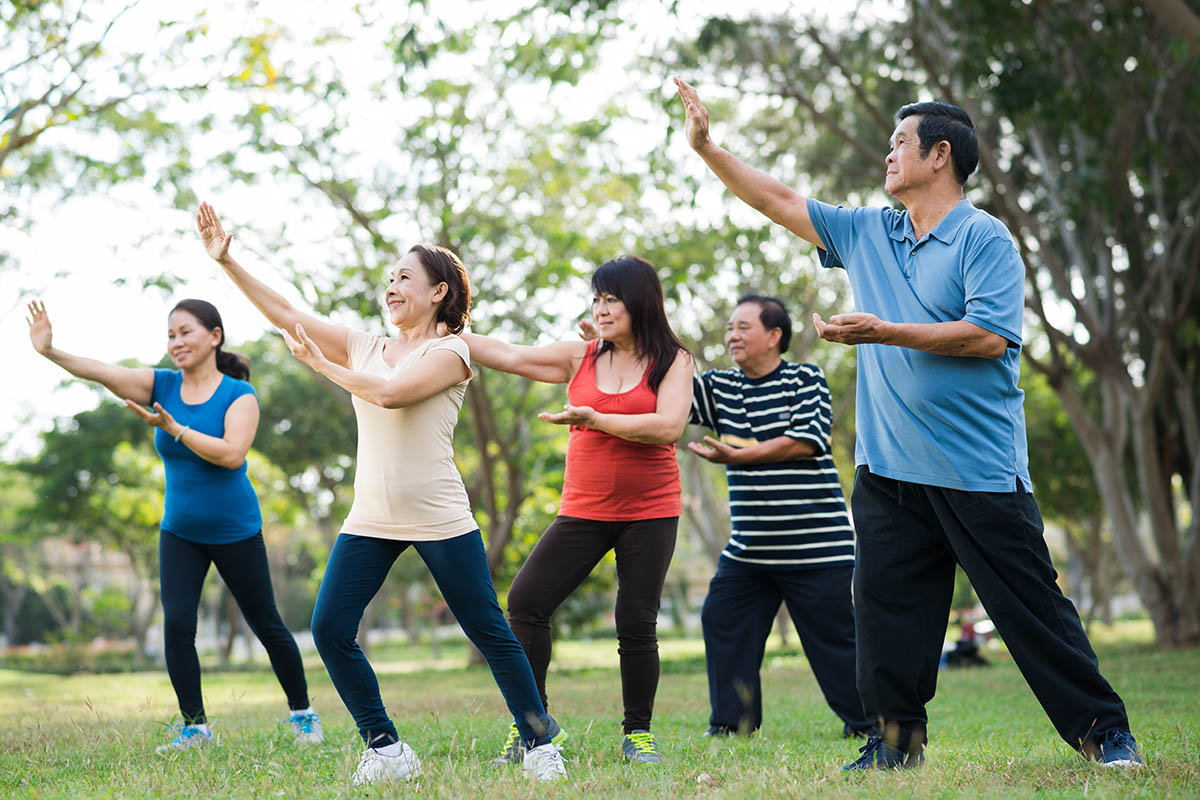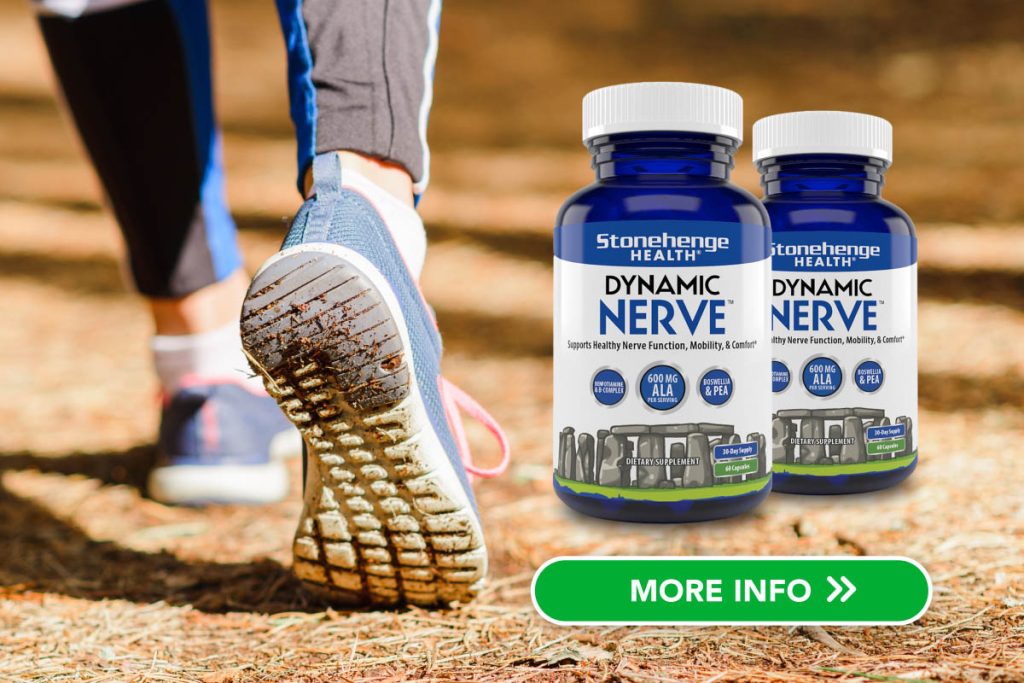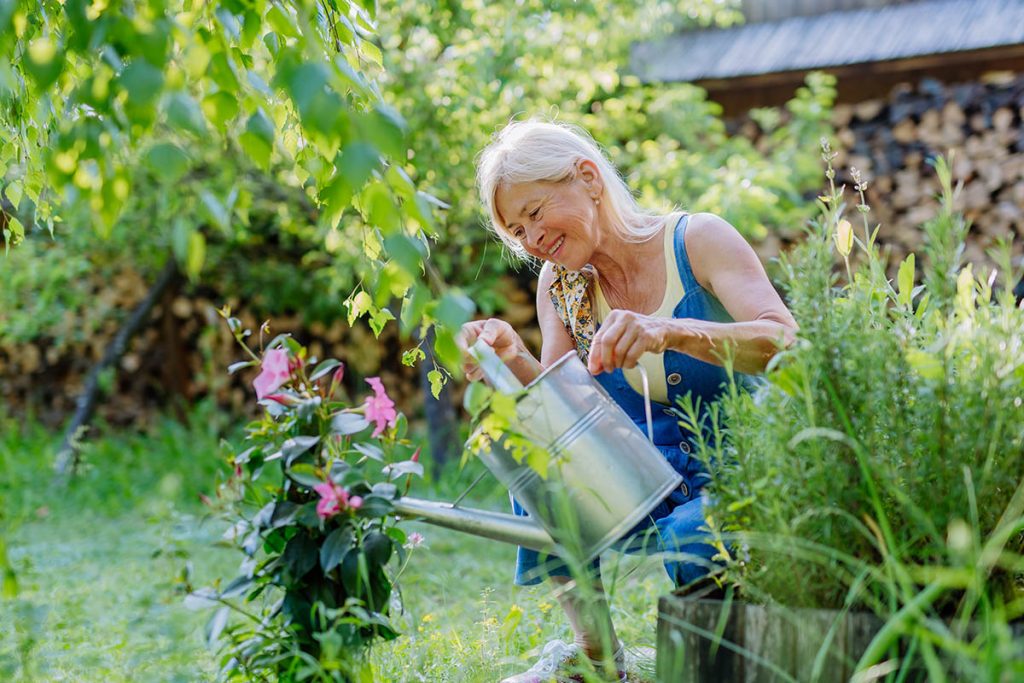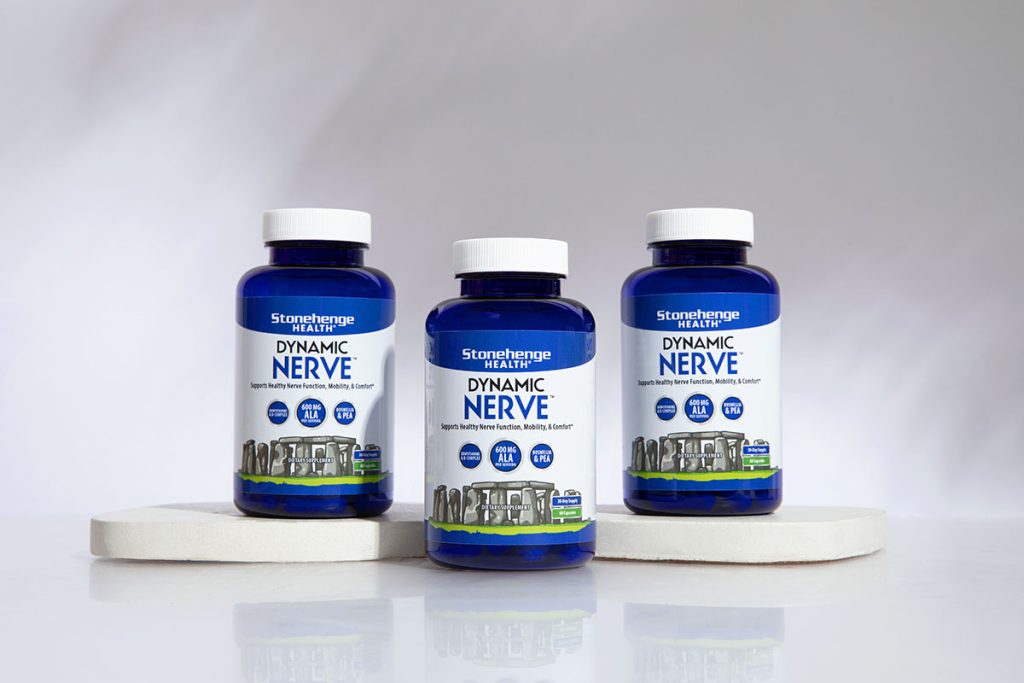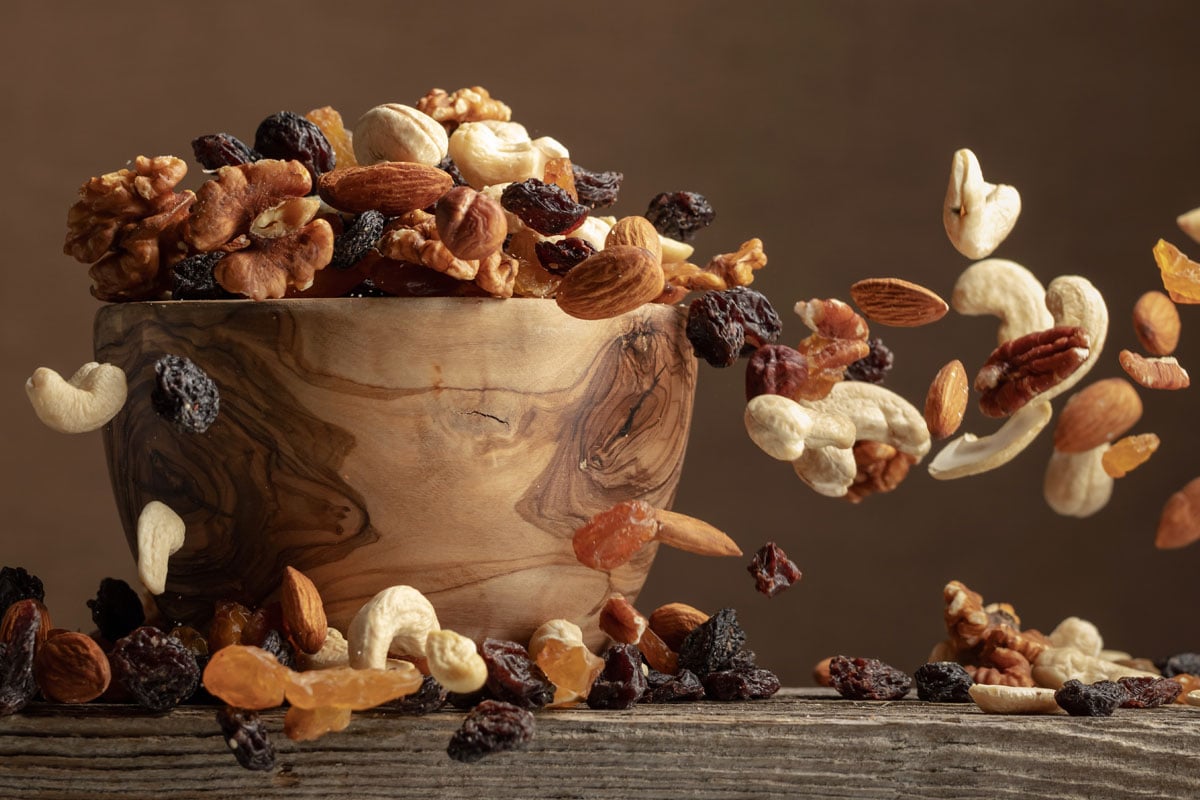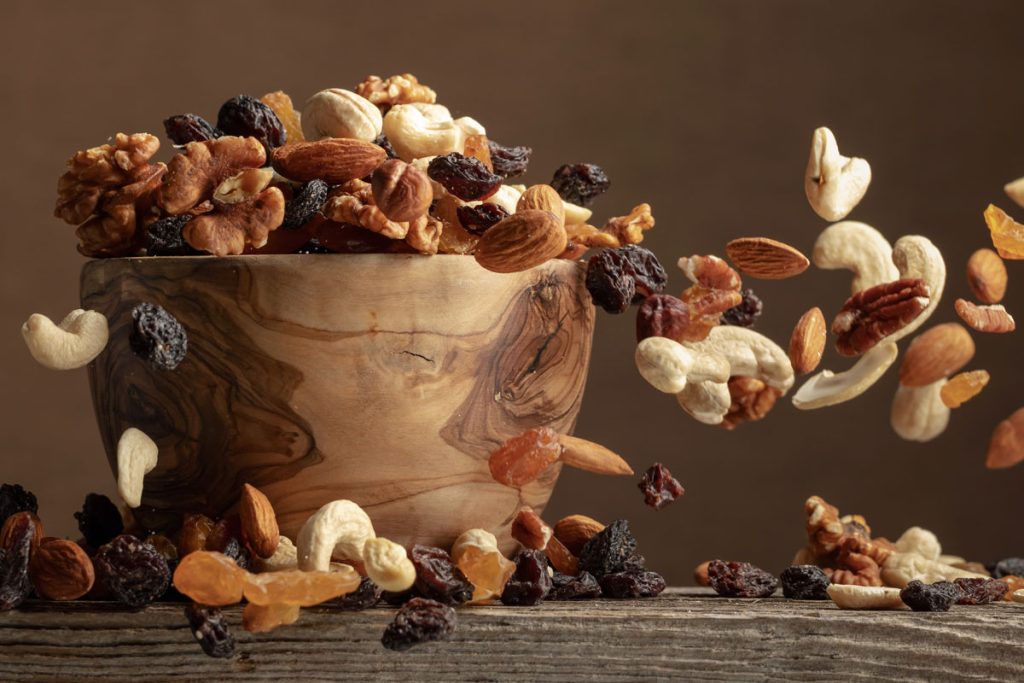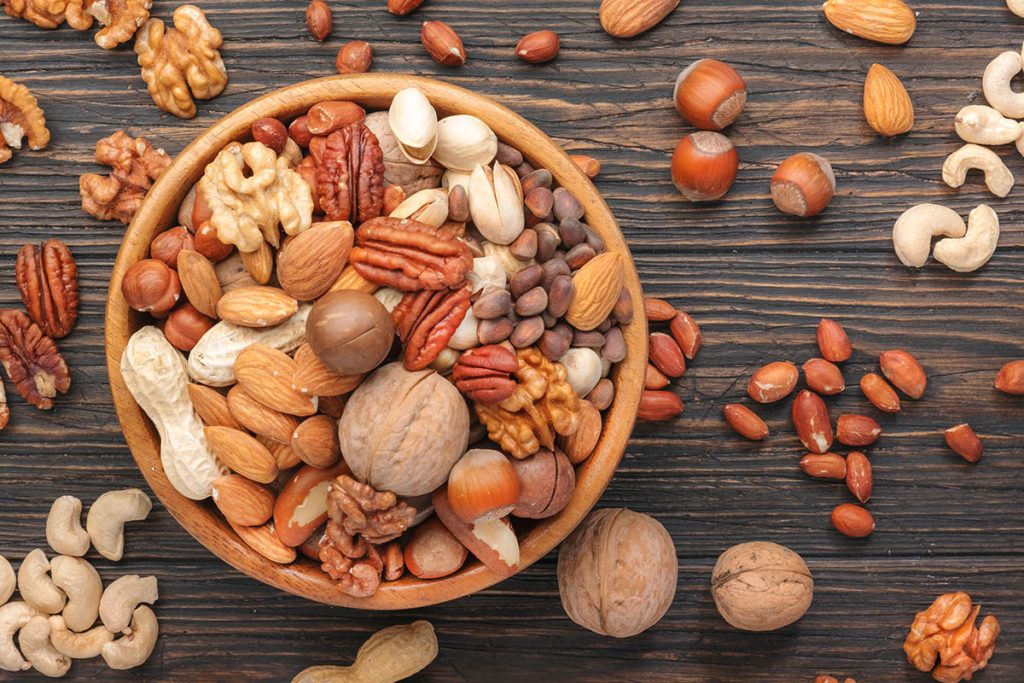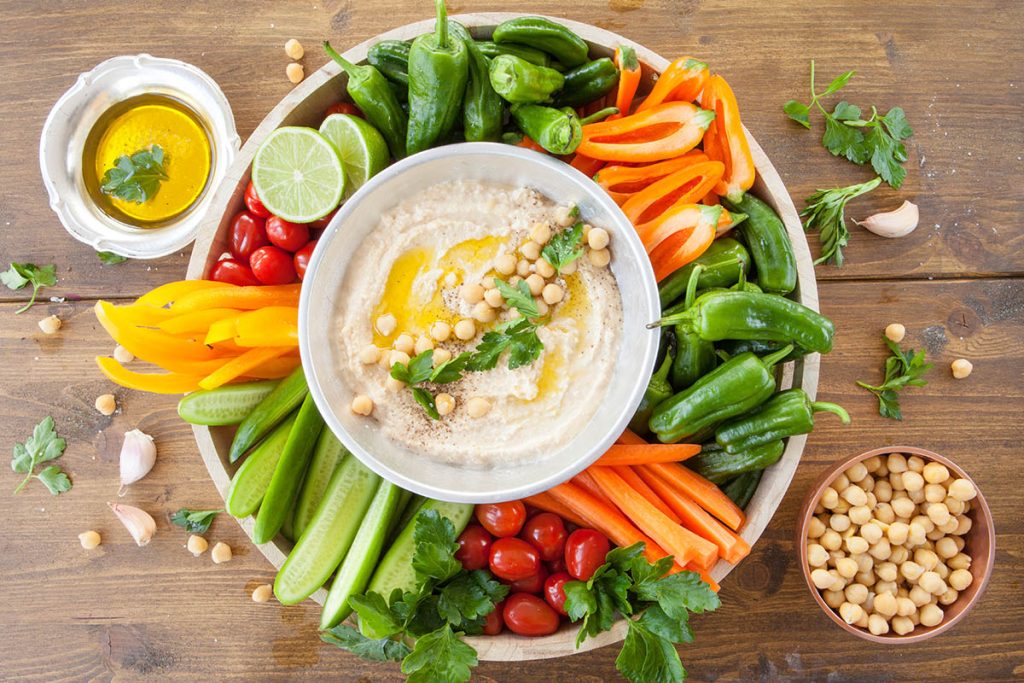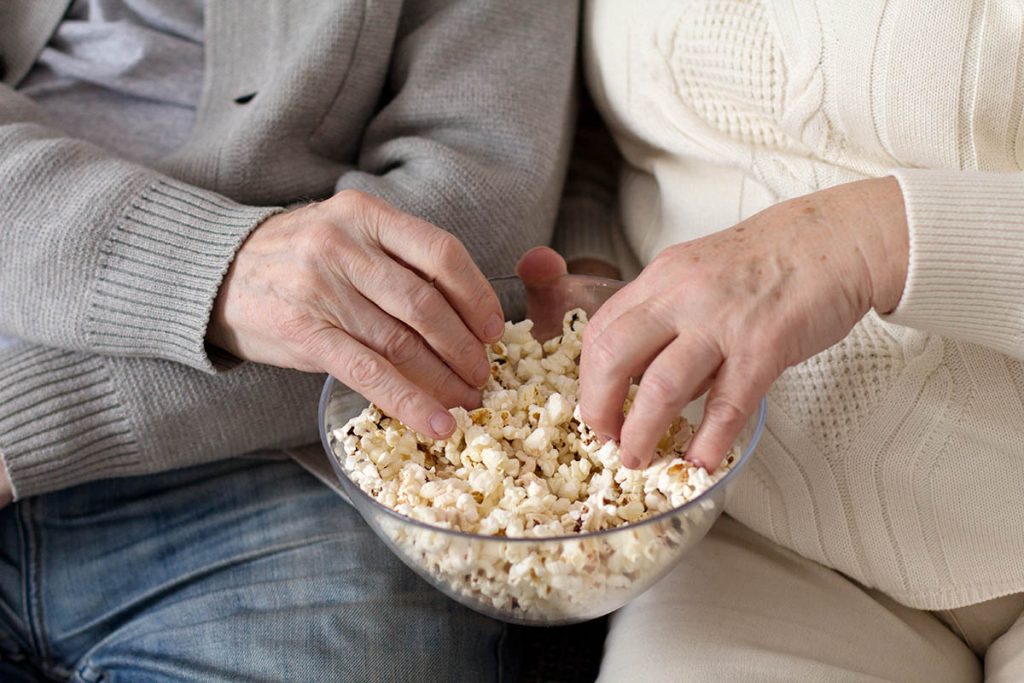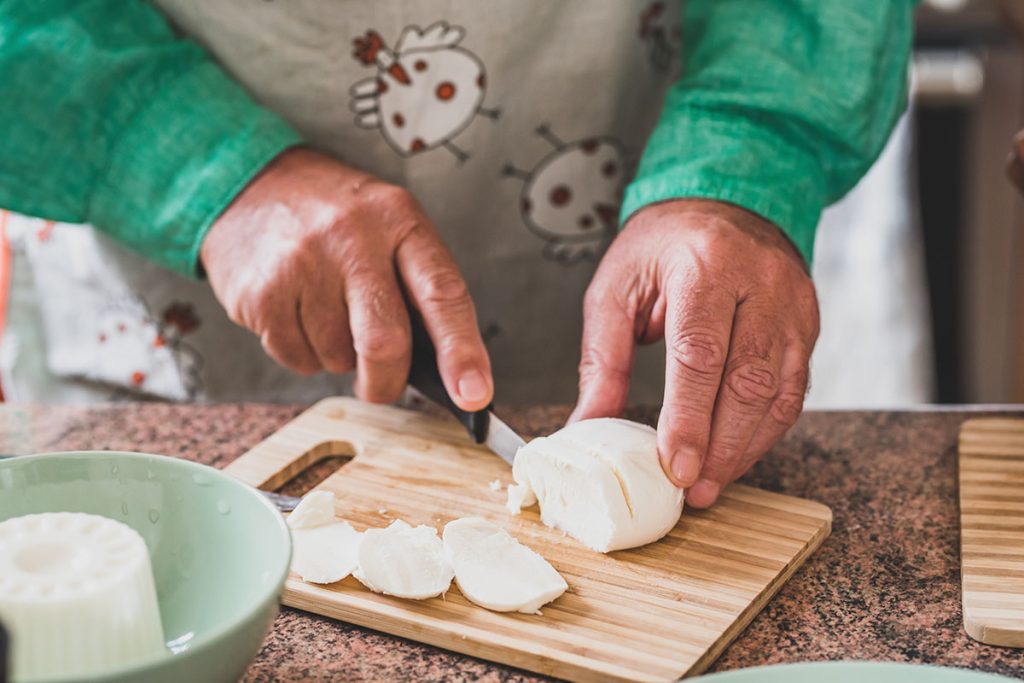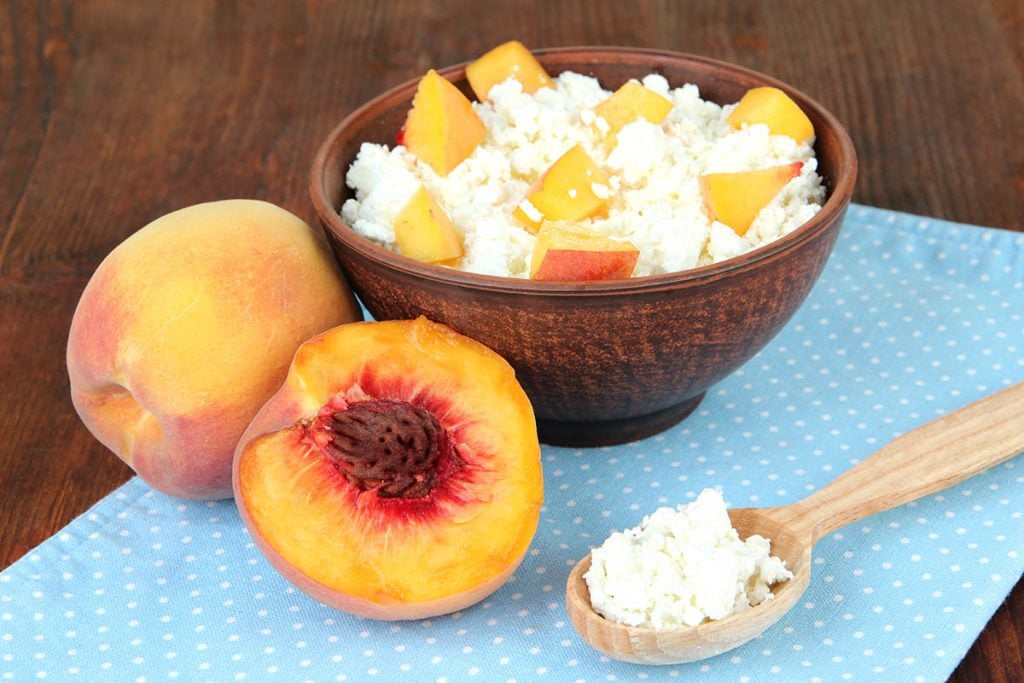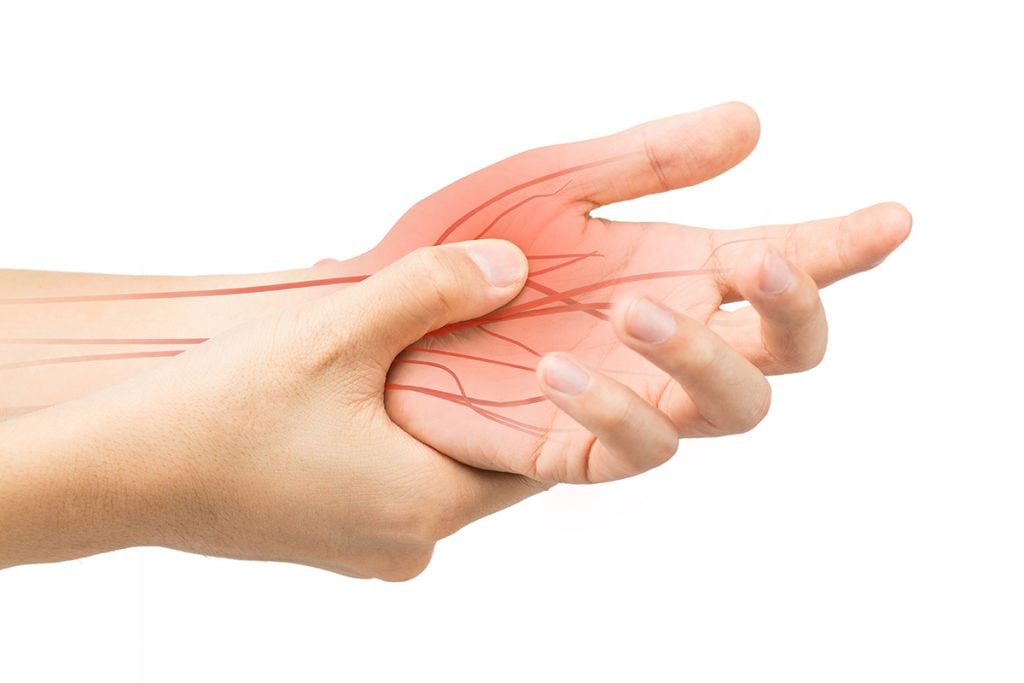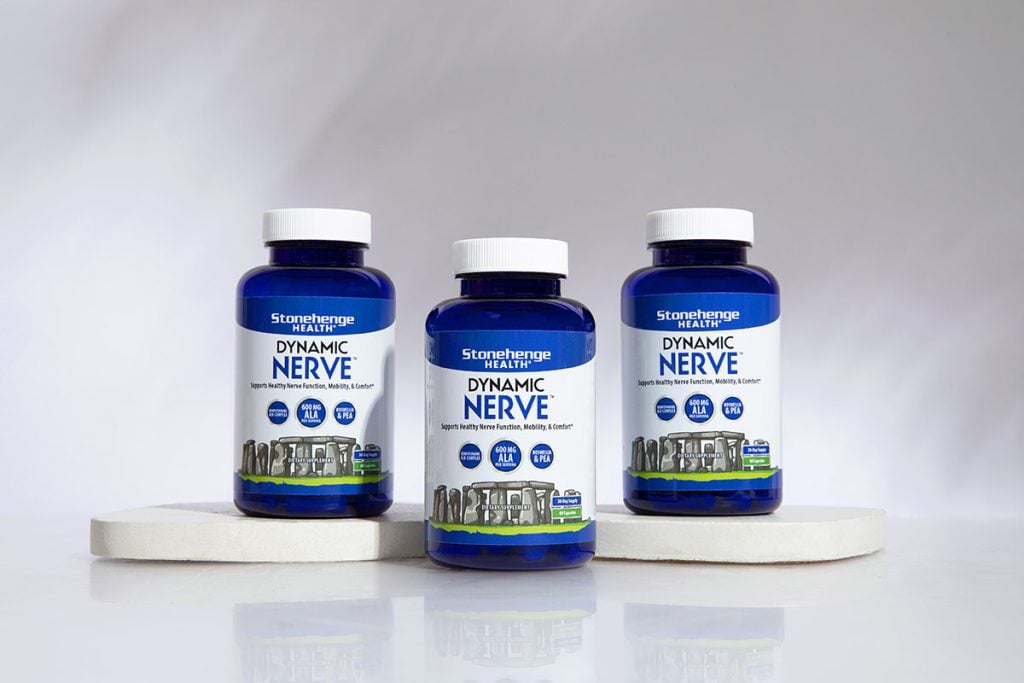
Did you know that June is “Great Outdoors Month?”
Like many of us, I’ve (unknowingly) been celebrating ‘Great Outdoors Month’ pretty much every June my whole life.
Hiking, paddleboarding, biking… It’s the perfect time of year to get outside and move your body.
It got me thinking, though, about one of my dearest friends Sarah, and her battle with nerve discomfort.
You see, Sarah and I have been hiking buddies for more than 20 years. We even hiked to the summit of Mt. Whitney (14,505 feet), but that was a looooong time ago.
Anyway, a few years back, Sarah started dealing with nerve issues in her hands and feet. One day, after she declined an evening walk with me, I remember her saying:
“I’m so sorry I can’t walk with you tonight. It feels like a sunburn but inside my feet. Even a bedsheet rubbing across my toes at night will wake me up with an insane burning sensation that makes it hard to sleep, so walking is out tonight.”
I’ve had my own share of health issues over the years, but nothing quite like what she described. I felt awful for her.
But you know what? Sarah didn’t get down on herself, and she didn’t quit doing the things she loved, like being outdoors…
She took action.
Today, I want to share with you how my friend conquered her own nerve issues.
She’s given me permission to tell you her story, and we both hope it will help if you or somebody you know is dealing with nerve discomfort.
Speak with a Healthcare Professional

It sounds obvious, but do not skip this step. Nerve discomfort is a relatively common issue, especially as you get older.
Speak openly with your physician about your circumstances, but also understand you have options beyond prescription medications.
Sarah worked with her doctor from the start to develop a plan that included the following lifestyle changes.
Eat a Good Diet

Eating a well-balanced diet is crucial. There’s no special eating plan specifically for nerve issues, but ensuring you’re getting enough nutrients can help your overall health and potentially reduce discomfort.
Sarah has started incorporating more fruits, vegetables, and whole grains into her meals. Reducing or eliminating alcohol intake has also been beneficial. We now enjoy healthy picnic recipes packed full of superfoods when we have outdoor meals.
Get Regular Exercise

Many studies have shown that people with chronic discomfort who exercise feel better, have more energy, and have improved moods compared to those who don’t.
Note: I’ll cover how to overcome that initial barrier to getting yourself moving in the next few sections.
Sarah found low-impact activities like walking in the park, swimming, and gentle cycling worked best. We’ve even modified our hikes to choose flatter, easier trails.
Despite the nerve discomfort, these activities help Sarah stay active and boost her mood.
Use of Assistive Devices

Sarah has found that using assistive devices like hiking poles makes it easier for her to move around and reduces her discomfort on the trails.
Always someone who loves fashion, picking the right shoes can also be a crucial step in comfort. Gone are the uncomfortable pumps, as Sarah is now embracing more sensible but still stylish walking shoes.
She also invested in ergonomically designed chairs and desks for her home, which have brought significant relief.
Relaxation Techniques

Stress can exacerbate nerve discomfort, so managing it is key.
Sarah started practicing yoga, meditation, and deep breathing exercises. These techniques not only help with stress but also seem to reduce her level of discomfort.
We often have serene outdoor yoga sessions, finding peaceful spots in nature to practice mindfulness and relaxation.
Supplementing Your Diet with the Right Formula of Amino Acids, Antioxidants, and Nutrients

Sarah’s nerve discomfort has significantly improved since she added Dynamic Nerve from Stonehenge Health to her daily routine.*
Dynamic Nerve is formulated to alleviate nerve discomfort through a comprehensive approach that targets the root causes and symptoms.*
Here’s how it works:
Nutrient-Rich Formula

Dynamic Nerve combines essential vitamins, minerals, and herbal extracts known for their nerve-supporting properties.* Key ingredients include Alpha Lipoic Acid, which helps to protect nerve cells from oxidative stress, and a B-vitamin complex that supports overall nerve health and function.*
Enhanced Nerve Regeneration

Ingredients like Acetyl-L-Carnitine promote the regeneration of damaged nerves, contributing to long-term relief from nerve discomfort.*
Improved Blood Circulation

Dynamic Nerve enhances blood flow to the nerves, ensuring they receive the necessary nutrients and oxygen for optimal function and recovery.*
Signal Modulation
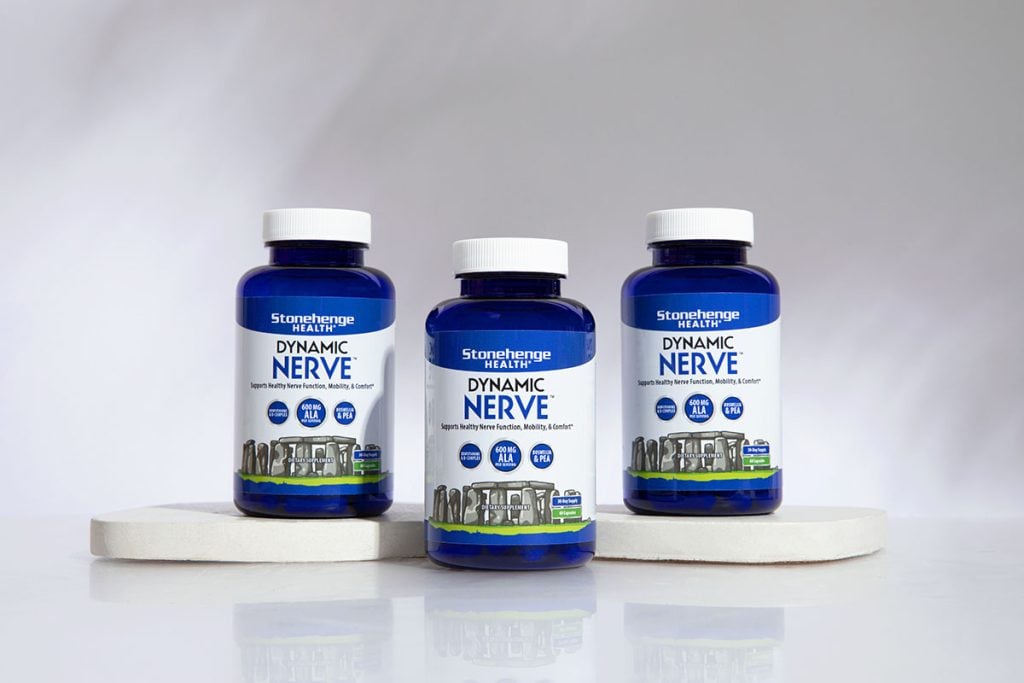
The formula helps to modulate the transmission of signals to the brain, reducing the perception of nerve discomfort.*
Dynamic Nerve offers a holistic approach to managing and reducing nerve discomfort by addressing these multiple facets of nerve health.* This supports both immediate relief and long-term nerve health.*
I really hope you enjoyed my friend Sarah’s story, but more importantly, I hope you do something with it.
I hope you’re able to embrace Great Outdoors Month by finding activities that suit your comfort level. Don’t let nerve discomfort hold you back from experiencing the beauty and tranquility of nature this month and all year long.
And if you’re looking for a supplement to support your nerve health, check out Dynamic Nerve from Stonehenge Health. Sarah’s seen great improvements, and I believe you might, too.*
Let’s get outside and enjoy all that nature has to offer, together.

















